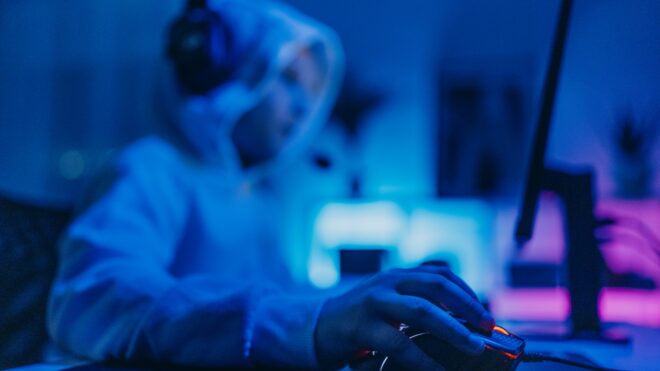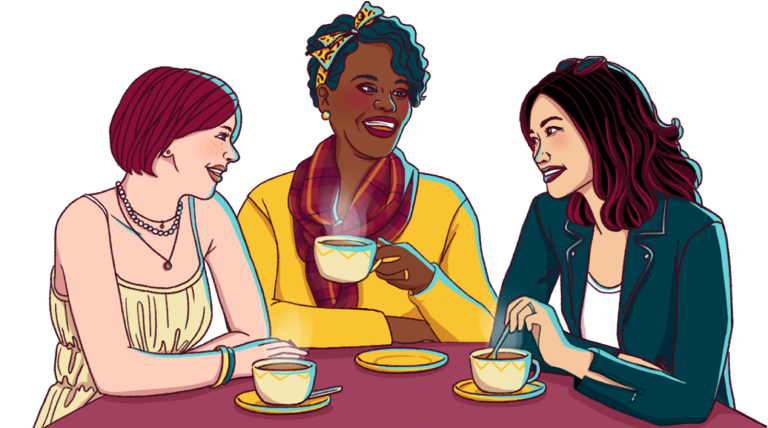
Some seemingly harmless emojis might not be so harmless after all. Amit Kalley, founder of For Working Parents, has warned parents about the “sinister emojis” that some teens are using as code for sex, drugs, violence, extremism, and incel culture.
On social media, Kalley shared a “periodic table of emojis” to warn parents and educators about the unexpected meanings behind some commonly used emojis.
Several emojis might signal hostility toward girls and women.
According to the periodic table of emojis, teens are using several different emojis to represent incel culture, including the apple emoji, the kidney bean emoji, and the pill emoji. Netflix’s new limited series Adolescence has sparked conversations about incel culture and how misogynistic content online can impact teens.
Kalley also referenced the show in an Instagram post about the emojis teens use writing, “The unregulated internet can be very dangerous for our children. This issue is too big to ignore and the Netflix series, Adolescence, has brought it to mainstream attention.”
Some of these emojis are also explained on Adolescence. On the show, the red pill emoji is described as “a call to action by the manosphere.” According to the show, the 100 emoji is an incel symbol because it’s come to represent the “80/20 rule,” or the concept that “80 percent of women are attracted to 20 percent of men.”
The hedgehog emoji is used as a neo-Nazi symbol.
The chart shared by For Working Parents also warns parents and educators about emojis that might denote extremism. While “it’s far from an exhaustive list,” schools in the United Kingdom are sharing the resource with parents, The Telegraph reported. Some emojis that seem innocent enough, such as the hedgehog emoji and the lightning emoji, could actually be neo-Nazi symbols, according to the chart. The “OK” hand gesture emoji was also flagged as a potential symbol of hate, as it’s associated with white supremacy and the far right.
Snow and candy emojis might be references to drugs.
Per The Telegraph, Kalley explained that he chose to include emojis teens use to talk about drugs and sex because “lots of young people are groomed online into drugs and violence” and “they can hide from parents by using emojis and acronyms.” Teens who are using drugs might use snow-related emojis or the eight ball emoji as symbols for cocaine, or the candy emoji to represent MDMA. Additionally, teens might use plant emojis to talk about using marijuana. Some of the “sinister emojis” are a bit less subtle, such as the mushroom emoji used as a symbol for mushrooms.
Scissors could be a reference to self-harm.
In addition to using emojis to talk about drugs, extremism, and misogyny, teens might also use certain emojis as symbols of self-harm. Possible emojis that might indicate self-harm or other mental health concerns include the scissors emoji, the fire emoji, and the cloud with rain emoji.
Kalley urged parents to continue doing their own research, as the slang and symbols used by teens is always changing. “Emojis and acronyms change, so parents have to keep researching and keep asking the right questions,” he said, per The Telegraph. “We need to normalize conversations about the online world with our children.”







